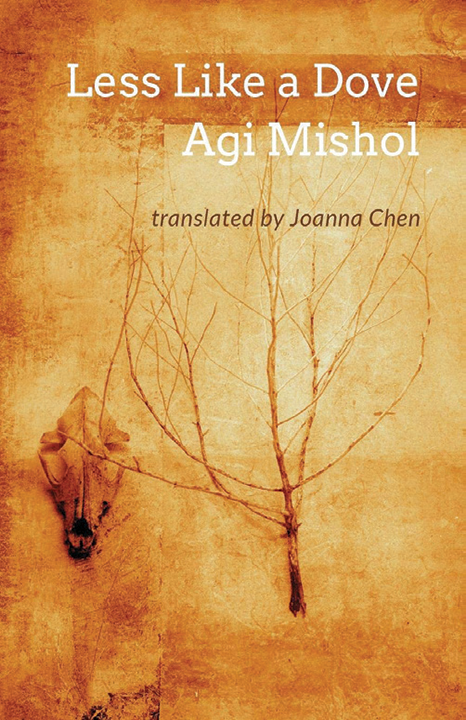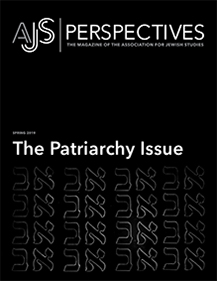
I wonder if I should explain that the patriarchy is still alive in the seemingly liberal literary world.
One blazing sign of the patriarchy is the relative dearth of women writers in translation; according to the Translation Database maintained by the University of Rochester, over the past decade, 29 percent of books in translation were written by women.i
The bias extends to women translators; the PEN/Ralph Manheim Translation Award, recognizing lifetime achievement, has been awarded to only three women translators out of the thirteen translators who were given this honor since 1982.ii
It’s important to spell out why this matters.
Without translation, women writers who don’t write in English are doomed to local careers. They have no hope of being considered for the Nobel Prize, the Man Booker, and other career-making awards—not to mention international press coverage. As language study declines and English becomes the lingua franca, not being translated often means not being read.
Of course, international literature itself is rare in English—only 3 percent of books in the United States were originally written in languages other than English; the figure is about 5.6 percent in the United Kingdom, and around 6 percent in Canada. While Elena Ferrante and Clarice Lispector are both best-selling Jewish female writers in translation, the truth is that women writers are chronically underrepresented on the global stage—and Jewish women writers have not escaped this fate.
In this environment, translation is a form of activism. And it is also a form of feminism.
Recently, I translated collections by two women poets who previously did not appear in English: Yudit Shahar and Rina Soffer. Both are Sephardic women who published a first book later in life—Shahar at fifty, and Soffer at ninety. I hope my translations will be met by scholarly interest, and I want to spell out how scholars can help.
Jewish Studies scholars can and should investigate the translation gap. Note how a gender imbalance persists whether it is a Jewish language, like Yiddish, or a world language like Russian. Jewish texts have always been multilingual and multinational, and scholars have the power to, at long last, open the doors for women—both writers and translators. With every citation, lecture, review, or research choice, consider the possibility of letting a woman in.

